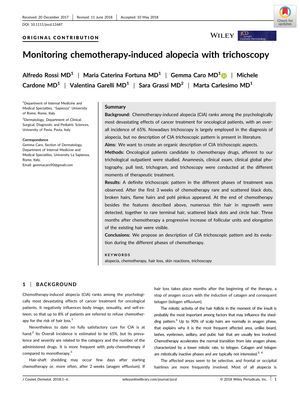TLDR Chemotherapy caused hair loss with specific patterns, but most patients had hair regrowth after treatment, while some had lasting hair loss.
The study investigated the trichoscopic patterns of chemotherapy-induced alopecia (CIA) in 12 women with breast cancer undergoing the FEC chemotherapy protocol. It found that after the first 3 weeks of chemotherapy, patients displayed specific trichoscopic features such as black dots, broken hairs, flame hairs, and pohl pinkus. At the end of chemotherapy, there was evidence of hair regrowth, but also signs of persistent alopecia with rare terminal hair and scattered black dots. Three months post-chemotherapy, there was an increase in follicular units and hair length. Before chemotherapy, 70% of patients had a normal trichoscopic appearance, but during treatment, various alopecia-related features were observed. After treatment, 80% of patients had complete hair regrowth, while 20% showed signs of persistent alopecia, possibly due to underlying female pattern hair loss or damage to hair follicle stem cells. The study highlighted the importance of continuous monitoring of CIA and suggested that further research is needed to understand the impact of chemotherapy on hair loss and regrowth.
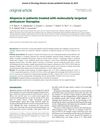 44 citations
,
September 2015 in “Annals of Oncology”
44 citations
,
September 2015 in “Annals of Oncology” Targeted cancer therapies have a significant but lower risk of causing hair loss compared to chemotherapy.
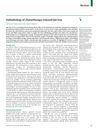 218 citations
,
January 2013 in “The Lancet Oncology”
218 citations
,
January 2013 in “The Lancet Oncology” Chemotherapy causes hair loss by damaging hair follicles and stem cells, with more research needed for prevention and treatment.
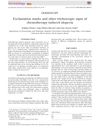 33 citations
,
September 2012 in “Australasian Journal of Dermatology”
33 citations
,
September 2012 in “Australasian Journal of Dermatology” Chemotherapy can cause hair changes similar to alopecia areata, which might lead to misdiagnosis.
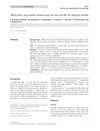 42 citations
,
June 2012 in “Clinical and Experimental Dermatology”
42 citations
,
June 2012 in “Clinical and Experimental Dermatology” Black dots under trichoscopy can appear in different hair and scalp conditions, not just in alopecia areata.
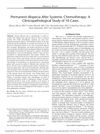 57 citations
,
March 2011 in “The American Journal of Dermatopathology”
57 citations
,
March 2011 in “The American Journal of Dermatopathology” Chemotherapy can cause permanent, non-reversible hair loss similar to pattern baldness.
99 citations
,
September 2007 in “The American journal of pathology” Chemotherapy damages hair follicles, causing hair loss and other cellular changes.
 2 citations
,
February 2021 in “The Journal of clinical and aesthetic dermatology”
2 citations
,
February 2021 in “The Journal of clinical and aesthetic dermatology” Understanding the cause of bitemporal hair loss is key to deciding the right treatment.
 6 citations
,
July 2019 in “Indian Journal of Dermatology”
6 citations
,
July 2019 in “Indian Journal of Dermatology” About 12% of children in Kota, Rajasthan, experience hair loss, mainly due to fungal infections, with early treatment advised to prevent worsening.
 1 citations
,
May 2017 in “The Journal of Internal Korean Medicine”
1 citations
,
May 2017 in “The Journal of Internal Korean Medicine” Bojungikki-tang may help with hair regrowth during chemotherapy.
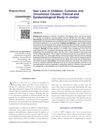 30 citations
,
January 2013 in “International Journal of Trichology”
30 citations
,
January 2013 in “International Journal of Trichology” The most common causes of hair loss in Jordanian children are fungal infections, autoimmune hair loss, and hair shedding after fever, with zinc deficiency also being a notable cause.
 1 citations
,
April 1992 in “PubMed”
1 citations
,
April 1992 in “PubMed” The document describes the signs of different common types of hair loss.
 7 citations
,
September 1987 in “PubMed”
7 citations
,
September 1987 in “PubMed” Most hair loss cases are caused by four main conditions, and understanding them is key to treatment.
